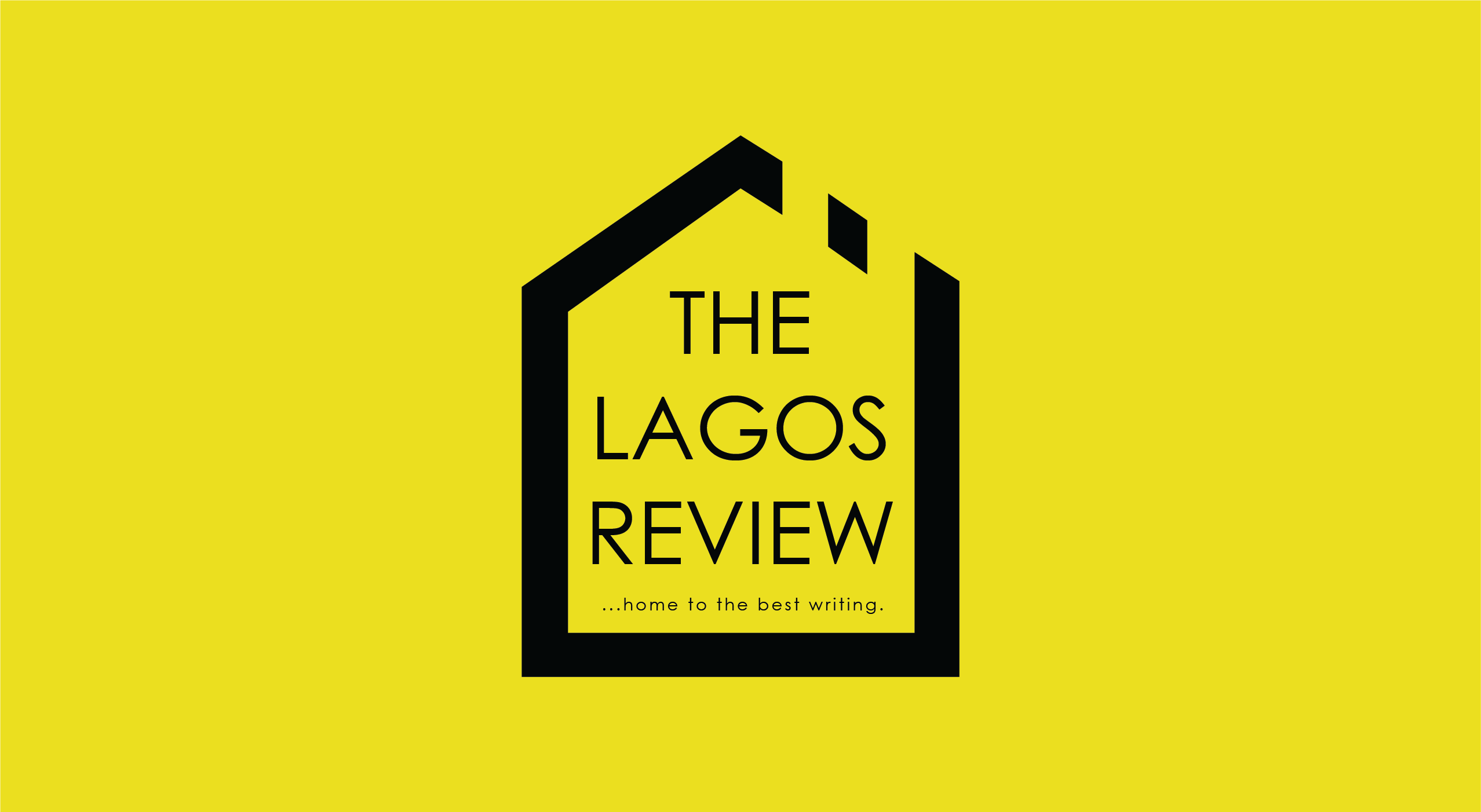If ever there was a tongue-in-cheek manual on how to write a Ghanaian novel, the first instruction might read: “Make sure to set your novel in Accra.”
Given that the city happens to be the country’s capital, its chokehold on many Ghanaian writers is understandable. However, this default setting does a disservice to many other cities and towns equally deserving of a place in the literary imagination. This is why I was impressed to discover that for her second novel, Mamle Wolo went against type and instead claimed the lush geography of the Volta Region for her mise-en-scène.

In Flying Through Water , we meet Sena, a conscientious teenager in search of an uplift from poverty when a flamboyant character calling himself Jack of Diamonds shows up in his village with promises of prosperity. Ardent readers of Heinemann’s African Writers Series will find Jack of Diamonds reminiscent of Mystique Mysterious from the 1998 classic, The Clothes of Nakedness. As with the youth of Nima in Benjamin Kwakye’s novel, Sena’s peers are impressionable and easily enticed by their stranger’s assurances of instant riches.
Sena’s head is screwed on more tightly than most of his peers, however, with two younger siblings, an unemployed mother, and an ailing grandfather to think of, he too drops out of school and leaves home for a better life. Jack of Diamonds turns out to be a pied piper for a human trafficking network and thus, Sena finds that he has been sold into indentured labour to a fisherman who employs a motley crew of children, some as young as three, in a bid to compete with foreign trawlers working the Volta Lake.
Cold and brutish, Sena’s master is a formidable antagonist, the like of which populates Dickensian novels, but the real villain here is the systemic poverty that has left intergenerational scars and threatens the possibility of a future for its under aged victims, who are malnourished, overworked, and constantly exposed to the risk of drowning.

It is a testament to Wolo’s writing that the book’s portrayal of deprivation is serious and unflinching without the narrative turning into a trauma fest or descending into the realms pf “poverty porn”.
The pain and suffering Sena endures is counterbalanced by the beauty of the Voltaic waterscape and the sense of wonder it inspires in him. His grandfather’s stories about swimming alongside Mami Wata lends a touch of magical realism to the book, and it would be pleasant to see the author explore this genre in future works, as she has demonstrated a flair for it.
Another gift the author possesses is delicacy. In this part of the world, sex is often regarded as taboo and except for didactic purposes, is often left unmentioned in young adult literature. Wolo handles Sena’s nascent sexuality in a subtle and sensitive way that hopefully creates an opening for honest conversations between parents and their children on a topic that is a natural feature of the adolescent experience. In addition, the warm relationship Sena and his grandfather share, with the healthy masculinity it denotes, is inspiring and worthy of emulation.
The history of the Akosombo Dam and the ongoing environmental fallout from its construction is also treated extensively here, but as with her debut, The Kaya Girl, Mamle Wolo’s overarching theme is the power of resilience and self-determination, a great message for young people to be exposed to in their formative years.
Wolo’s plotting is faithful to the hero’s journey template and in that vein, Sena’s story ends on an optimistic note. All’s well that ends well, as the saying goes, but this resolution does little to shake off the melancholy when one considers the fate of an estimated 40 million African children engaged, if not trapped, in exploitative labour.
***Akumbu Uche is a writer and storyteller from Nigeria. Her works have been published by thelagosreview.ng, Aké Review, Brittle Paper, Canthius, The Cincinnati Review, etc.





